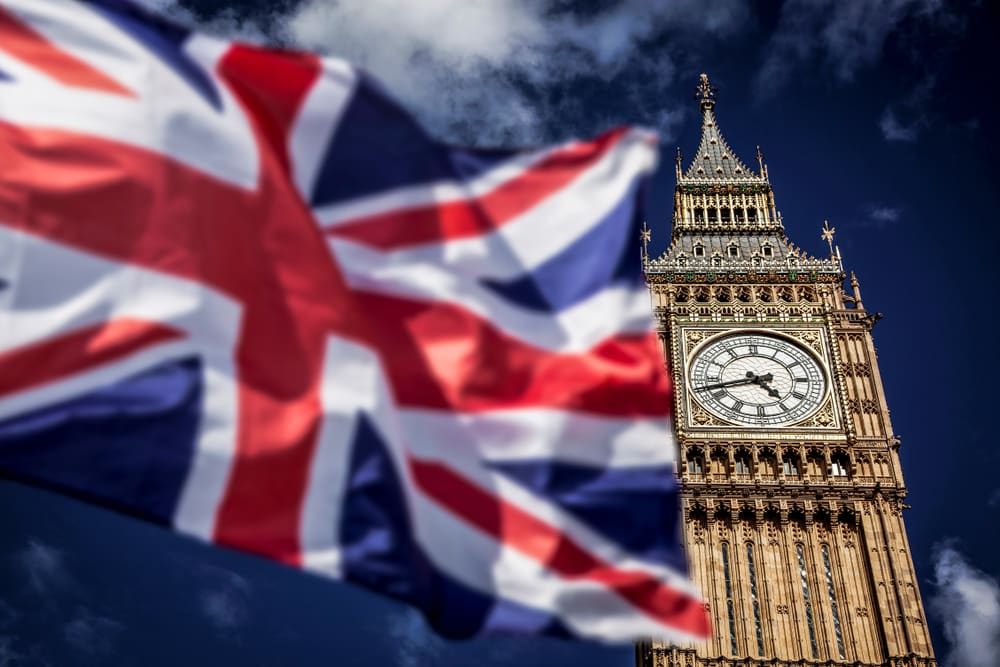
The British pound’s post-election result boost has turned out to be short-lived after the currency plummeted in the foreign exchange markets to what looked set to be its worst weekly performance in a couple of years.
The currency had been riding high in the markets for a number of days after Prime Minister Boris Johnson won a decisive election victory at the polls last week.
However, the certainty which this brought about appeared to shrivel on Friday after the well-known worries about whether or not the country will be able to secure a deal for leaving the European Union came back to the fore.
Johnson has told the European Union that a trade agreement must be reached by December 2020, although the country is set to leave overall on 31st January – so just over a month away.
In its pair with the US dollar, the pound was down to under $1.30 – which was the first time in two weeks that this has happened.
Over the course of the week, however, the currency has dipped by a whole 2.3% against the dollar.
In its pair with the single European currency, the pound has gone down to its worst position in years.
It is looking set to record its worst week-on-week performance in that pair since the middle of 2017.
Elsewhere, the US dollar was supported by a range of upbeat data points.
Housing starts information, for example, appeared to be positive – while manufacturing data offered a surprise to traders by being stronger than had been previously anticipated.
The US dollar index, which monitors how the US currency is doing compared to several others around the world, saw a slight rise.
It was noted at 97.440 at one stage.
The currency had a good week in its pair against the Japanese yen and was noted at 109.31 at one stage.
Over the course of the whole week, the dollar has seen a meteoric rise of 0.7% in this pair.
In its pair with the single European currency, it was down a little to $1.1116.
The Federal Reserve in the US is not expected to change interest rates in January, which is when it is next set to meet.
Uncertainty about the way the Brexit dilemma looked set to play out fuelled a rise for the Swiss franc.
The franc, which is widely considered to be a so-called “safe haven” currency due to its capacity to attract investment during times of market turmoil, recorded its best position in a month in its pair with the euro.
It was recorded there at 1.0881 francs – while it recorded its best position compared to the greenback for four months or so.
The Australian dollar, meanwhile, saw its highest point for a week in its pair against the US dollar, and was noted at $0.6883 at one point.
Market predictions now appear to be suggesting that there is an even chance that the Reserve Bank of Australia will cut rates when it next meets – which is a shift from the previous position of around 60%.
 Between 74-89% of CFD traders lose
Between 74-89% of CFD traders lose  Your capital is at risk
Your capital is at risk  Your capital is at risk
Your capital is at risk  Your capital is at risk
Your capital is at risk